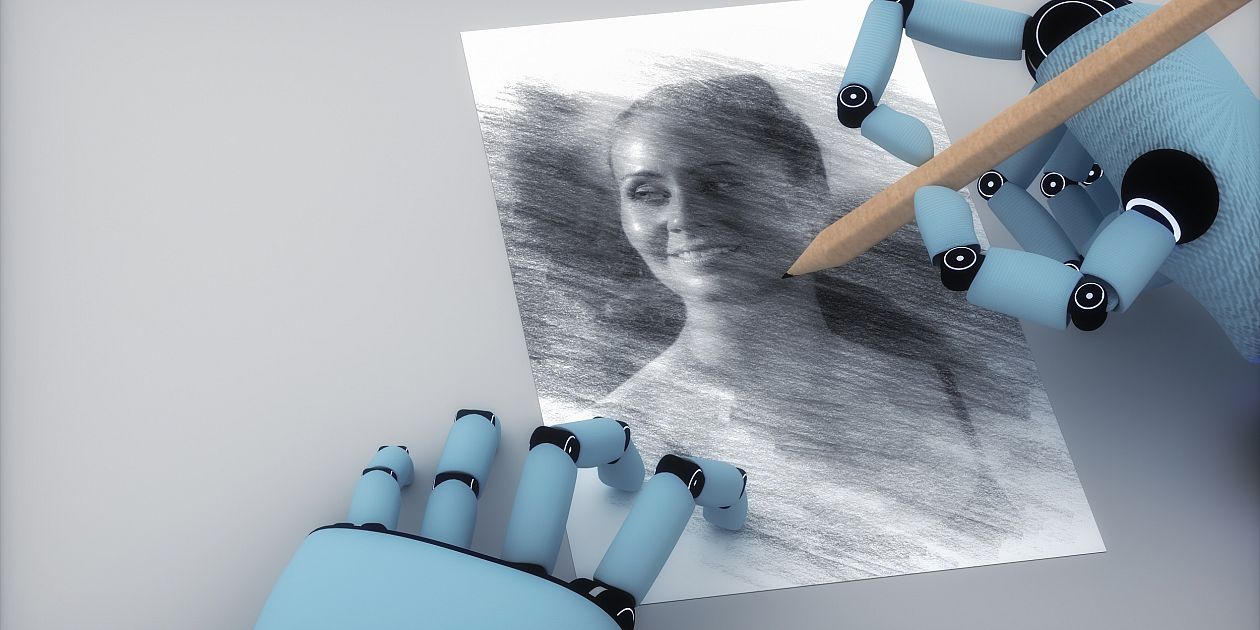
The Future of AI Art: Challenges and Opportunities for Coders and Artists
Introduction:
Artificial Intelligence (AI) has revolutionized various industries, and the world of art is no exception. The fusion of technology and creativity has given rise to AI-generated art, a burgeoning field that presents both challenges and opportunities for coders and artists alike. In this article, we will explore the future of AI art, delving into the hurdles that must be overcome and the exciting prospects that lie ahead.
The Rise of AI Art
In recent years, AI algorithms, particularly those based on deep learning and generative models, have gained remarkable capabilities in understanding and replicating artistic styles. The advent of platforms like DeepDream and generative adversarial networks has empowered AI to create stunning visual compositions, challenging the traditional boundaries of artistry. The rise of AI art signifies a new era where machines collaborate with human creativity, giving birth to unique and unexpected masterpieces.
Challenges in AI Art
Despite the promising advancements, the world of AI art is not without its challenges. One major hurdle is the ethical dimension of AI-generated art, with questions surrounding authorship, copyright, and the potential misuse of technology. Coders and artists must grapple with these ethical dilemmas to ensure responsible and respectful use of AI in the art world. Additionally, issues related to bias in algorithms and the perpetuation of cultural stereotypes demand careful consideration to avoid unintended consequences.
Bridging the Gap Between Coders and Artists
One significant challenge lies in the collaboration between coders and artists. Bridging the gap between the technical expertise of coders and the creative intuition of artists is crucial for the seamless integration of AI in the art-making process. Initiatives that foster interdisciplinary collaboration and provide training programs for both coders and artists will play a pivotal role in overcoming this challenge.
Democratizing Art Creation with AI
One of the most exciting opportunities in the exiting future of AI art is the democratization of art creation. AI tools have the potential to make art accessible to a wider audience by enabling individuals with limited artistic skills to express themselves creatively. From novice painters to seasoned professionals, AI can serve as a catalyst for unleashing new waves of artistic expression, making the art world more inclusive and diverse.
Enhancing Human Creativity
Rather than replacing human artists, AI has the potential to enhance human creativity. Coders and artists can collaborate with AI algorithms to amplify their creative capabilities, pushing the boundaries of imagination and innovation. By using AI as a tool to augment artistic processes, creators can explore uncharted territories and break away from conventional norms, fostering a renaissance in artistic expression.
The Intersection of Technology and Emotion
AI art is evolving beyond mere visual appeal; it is delving into the realm of emotions. Coders are working on algorithms that can understand and interpret emotions, infusing AI-generated art with a deeper sense of humanity. This intersection of technology and emotion opens up new avenues for artists to create emotionally resonant pieces that connect with audiences on a profound level.
Navigating the Future
As we navigate the future of AI art, it is essential for coders, artists, and the broader society to work together in shaping ethical guidelines, fostering collaboration, and embracing the transformative potential of technology. The challenges may be significant, but the opportunities for innovation, accessibility, and emotional depth in art are equally immense. The future of AI art lies at the intersection of human creativity and technological prowess, promising a landscape where the boundaries between the artist and the machine blur, ushering in a new era of artistic expression.



